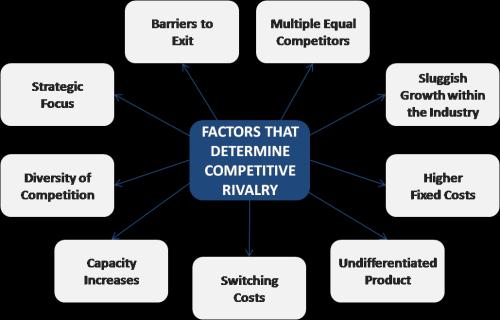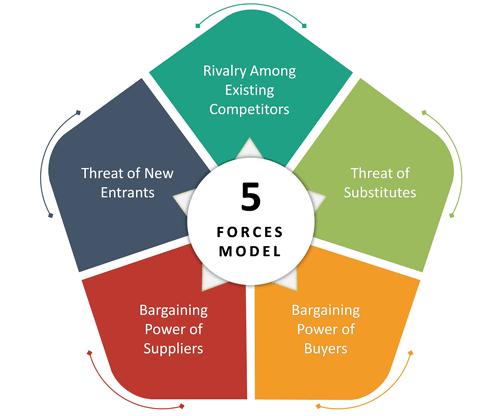
1 minute read
COST-VOLUME-PROFIT ANALYSIS
COST-VOLUME-PROFIT ANALYSIS
"Break-even analysis is a particular example of the more general technique of cost-volume-profitanalysis. This analysis emphasizes the relationship between sales, revenue, costs and profit in the short term (Weetman, 2006). "
Advertisement
Cost-volume-profit (CVP) analysis is used to determine how changes in costs and volume affect a company's operatingincome and net income. This concept reviews strength and weaknesses of the analysis and outlines its main principles.
Cost-Volume-Profit Analysis Definition
Cost-Volume-Profit (CVP) Analysis, also known as Break-even Analysis, is a way of understandingthe relationship between abusiness costs, the volume of good or sales they need to make and any potential profit. It is a tool for planningand decision-makingthat emphasises the interrelationships of cost, quantity sold, and price (Hansen et al., 2007). It allows managers to see the effectof changes in cost and volume on a company's profits so can be used help make decisions such as set selling prices, determine productmix, and maximise the use of production facilities. (Weygandt et al., 2009).






